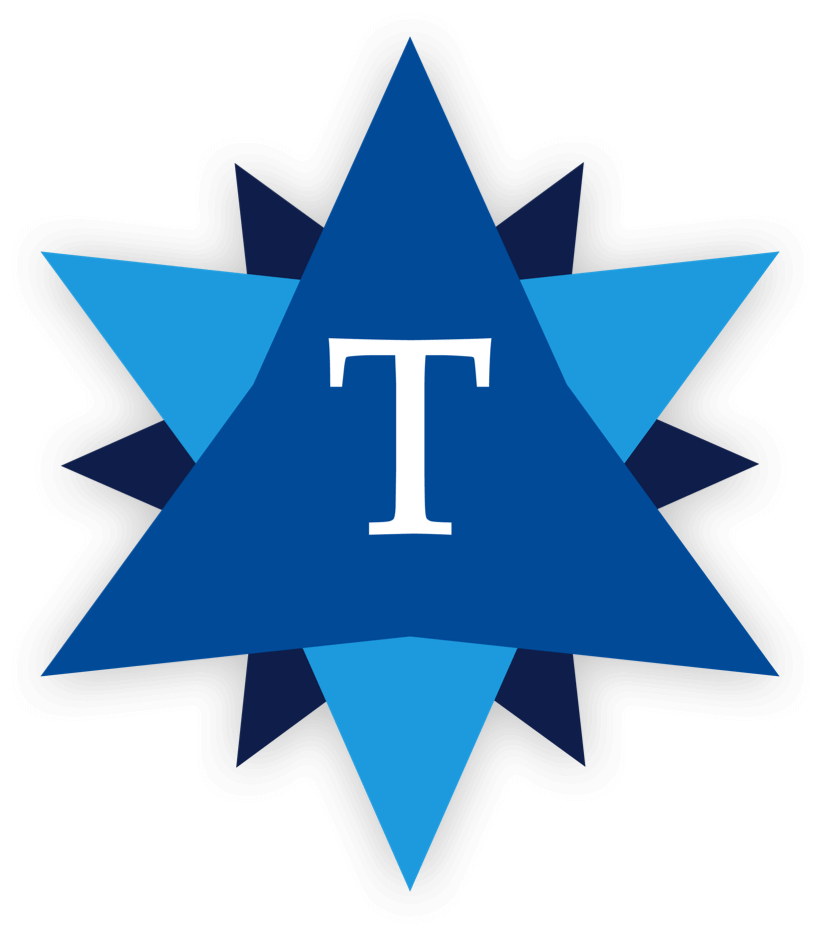Placing Learning at the Center of the Learning Management System
Former Tambellini Author
![LMS-TTG-TopOfMind-750x350[1]](https://www.thetambellinigroup.com/wp-content/uploads/2018/03/LMS-TTG-TopOfMind-750x3501-1.jpg)
Until their closing in December of 2017, I spent five years at the New Media Consortium (NMC) thinking deeply about the important developments in educational technology that are impacting teaching and learning in higher education. Through the Horizon Project and NMC’s partnership with the Bill and Melinda Gates Foundation’s Digital Learning Initiative, I investigated the major trends and challenges transforming the way educators and learners are shaping courseware and the Learning Management System (LMS) of the future, and am happy to continue this important research at The Tambellini Group.
With the explosion of online and blended learning over the past few years, the higher education LMS market continues to mature with Blackboard Learn, D2L Brightspace, Moodle, and Instructure Canvas currently positioned as the market leaders. While LMSs have evolved over the past 10 years, there is a growing focus on expanding the capacity of these tools and placing the learner, rather than management of instructional artifacts, at the center.
Thought leaders around the world have been critical of the limitations of LMSs. As pedagogies and institutional needs shift, these one-size-fits-all solutions often lack the flexibility to expand feature sets and integrate outside resources such as adaptive learning technologies that provide a view into student progress through customized data analytics and visualization tools. Further, since most activities take place inside the walled environment of the platform, students lose access to course materials and their data as soon as they are no longer enrolled in a course.
Research is currently under way to identify the qualities that the next-generation learning management system should possess. Full interoperability is a key feature of the future LMS. This allows for greater customization as IT administrators will be able to connect courseware to an LMS or Student Information System to provide more actionable data analytics. This interoperability does more than foster better learning, it can help with student retention. By analyzing biographic data, course activity, learning behavior, and other interactions on campus, schools can predict when a student is at risk of dropping out while there is still time to intervene and get them back on track. To accomplish this foresight, it will require CIOs, enterprise information technologists, and academic information technologists on campus to work in greater harmony.
This push towards improving student outcomes through the confluence of many data points is furthering personalized learning. At Open University Australia, for example, their Personalized Adaptive Study Success (PASS) project customizes individual learning pathways via a visual dashboard by leveraging data from the CRM, LMS, and curriculum profiles.
The importance of mobile learning is also pushing the LMS space to evolve. Non-traditional students are more likely to use their personal mobile devices to access learning environments requiring more responsive design. At Johns Hopkins University, a Tambellini member, the Osmosis LMS comes with a mobile app that allows for greater personalization and collaboration between students as they move through medical school.
To help CIOs and other decision-makers on campus make sense of the evolving LMS market and make informed software selections that help foster student success, I am developing an LMS-focused whitepaper. My hope is to share my research and get feedback at a special “unconference” in April at Arizona State University on the topic of shaping the future of learning.
Categories
Share Article:

Other Posts From this Author:
© Copyright 2025, The Tambellini Group. All Rights Reserved.